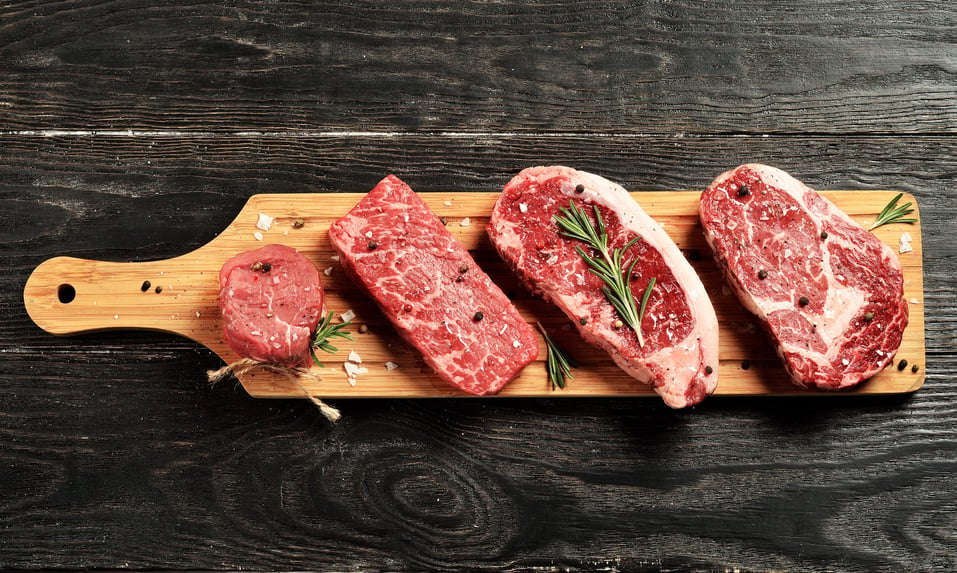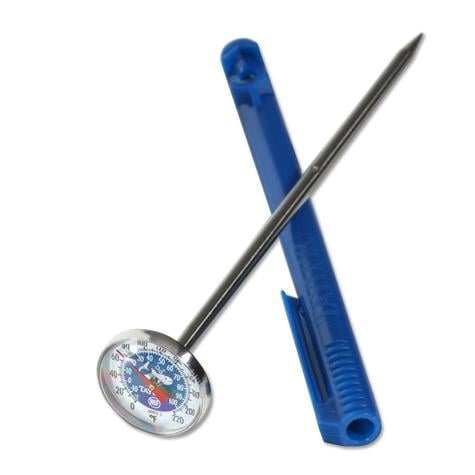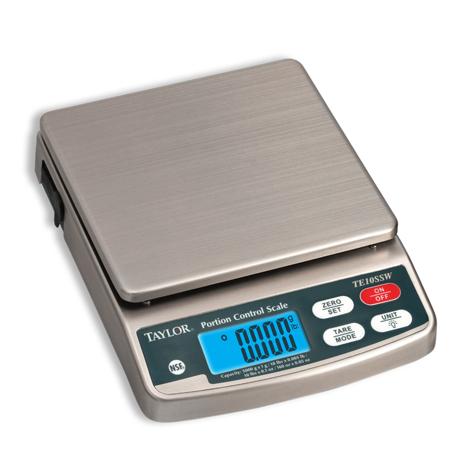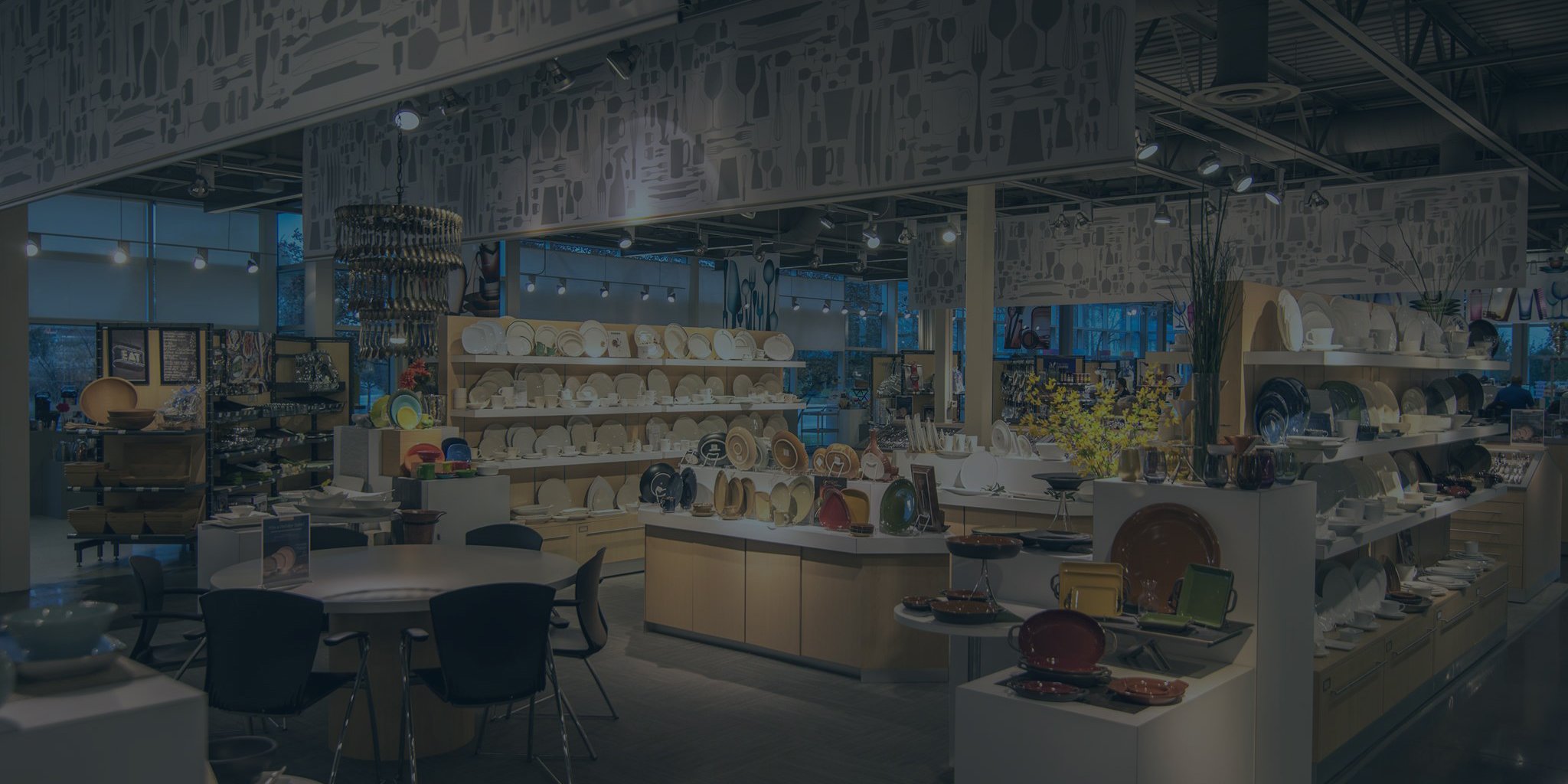According to statistics collected by the Centers for Disease Control and Prevention (CDC), there are over 10,000 people who fall ill from food-borne diseases each year. And perhaps even more surprising, the organization concluded that food misuse at the home only accounted for 12% of cases, while sit-down restaurants caused 60% of illnesses and catering and banquet facilities were responsible for an additional 14%.
Some of the major causes of illness, especially in populations with weakened immune systems, are food-borne diseases like salmonella, norovirus, and E. coli. The spread of these diseases is almost always preventable; restaurants can halt the spread of food-borne disease through the proper storage and handling of meat and produce.

To ensure proper food handling at restaurants throughout the United States, the U.S. Food & Drug Administration (FDA) created the Hazard Analysis Critical Control Point (HACCP) system to improve the hospitality industry’s handling of food. The seven basics of the HACCP program are summarized as follows:
- Identifying and assessing hazards that may arise between producer and diner;
- Controlling these identified hazards by establishing control points;
- Establishing limits of these control points;
- Monitoring control point procedures;
- Correcting problems with these procedures;
- Verifying these procedures;
- Creating a record-tracking system.
In practice, these processes are checked using certain agreed-upon standards, including maintaining proper meat temperatures, using differently-colored chopping boards, and storing foods properly. Today, though, we will focus on two ways to maintain and elevate your HACCP standards using thermometers and food scales.
Using thermometers to improve the precision of your HACCP program standards
One of the key components of the HACCP is food temperature controls that vary based on multiple factors. To monitor and meet HACCP standards, food temperature needs to be taken throughout the food handling process, including during receival, cooking, storage, cooling, and reheating.
The first step in proper compliance to these temperature standards is choosing an accurate and respected thermometer. Taylor USA, a longtime industry supplier of trustworthy thermometers, offers unique Bi-Therm Thermometers that come equipped with a coil in a bimetal thermometer that helps maintain precise temperature controls.
The next step in temperature control accuracy is regular calibration thermometers. Food handlers need to calibrate thermometers regularly to ensure they are functioning properly; thermometer calibration needs to happen more regularly depending on how often you use the thermometer and the risk of illnesses in your restaurant.

Taylor’s Safe-T-Set Calibration System encourages proper thermometer calibration by following these steps:
- Stir a container filled with crushed ice and water.
- Slide the stem of your Bi-Therm Thermometer through the hole in the wrench pocket until the adjusting nut below the dial head snaps in place.
- Immerse the thermometer stem into at least two inches of the ice mixture for 30 seconds.
- After that time, if the thermometer reads 32°F, it is properly calibrated; if not, you need to adjust the thermometer. To do this, keep the thermometer submerged in the water while turning its head until it reads 32°F.
Using food scales to create irrefutable weight measures in your HACCP program
In HACCP, food scales need to be accurate to fit regulatory standards, ensure uniformity of products, and ensure proper food disposal. Yet many restaurants find themselves using food scales that are not level or are incorrectly balanced, which, in turn, can cause potentially dangerous errors in weighing food.
The first step in proper weighing of food is to purchase food scales that produce consistently reliable readings. For example, the TE10T Digital 10-Pound Portion Control Scale with Tower Readout is equipped with 1.5" LCD readout with a backlight and a calibration feature that lets you recalibrate the scale whenever necessary. Other Taylor scales include features that help you monitor portion control or use internal stop mechanism functions.

Next, you need to make sure all your employees know the proper HACCP procedure for accurately weighing food. Never use a scale that is not level for weighing food; leveling a scale with pieces of cardboard or plastic – sometimes called “chocking” – is never acceptable.
Additionally, before each shift, you should calibrate your food scales to ensure the scale gives accurate measurements every time. To calibrate a kitchen scale, keep an object with a known, invariable weight on hand. This could be a new penny (weighing 2.5 grams) or a 4-ounce stick of butter. The object does not matter. If the object continues to clock in at the same weight each time, you know that your food scale is accurate. If the weight of the fixed object is varied, you should doubt the accuracy of your food scale in your restaurant kitchen.
Foodborne illness and HACCP standards play significant roles in the operation of your restaurant kitchen. However, with the proper tools and procedures in place, ensuring food safety in your establishment will become second nature.
.jpg?width=192&name=BLT_Only_Logo_Black%20(19).jpg)


